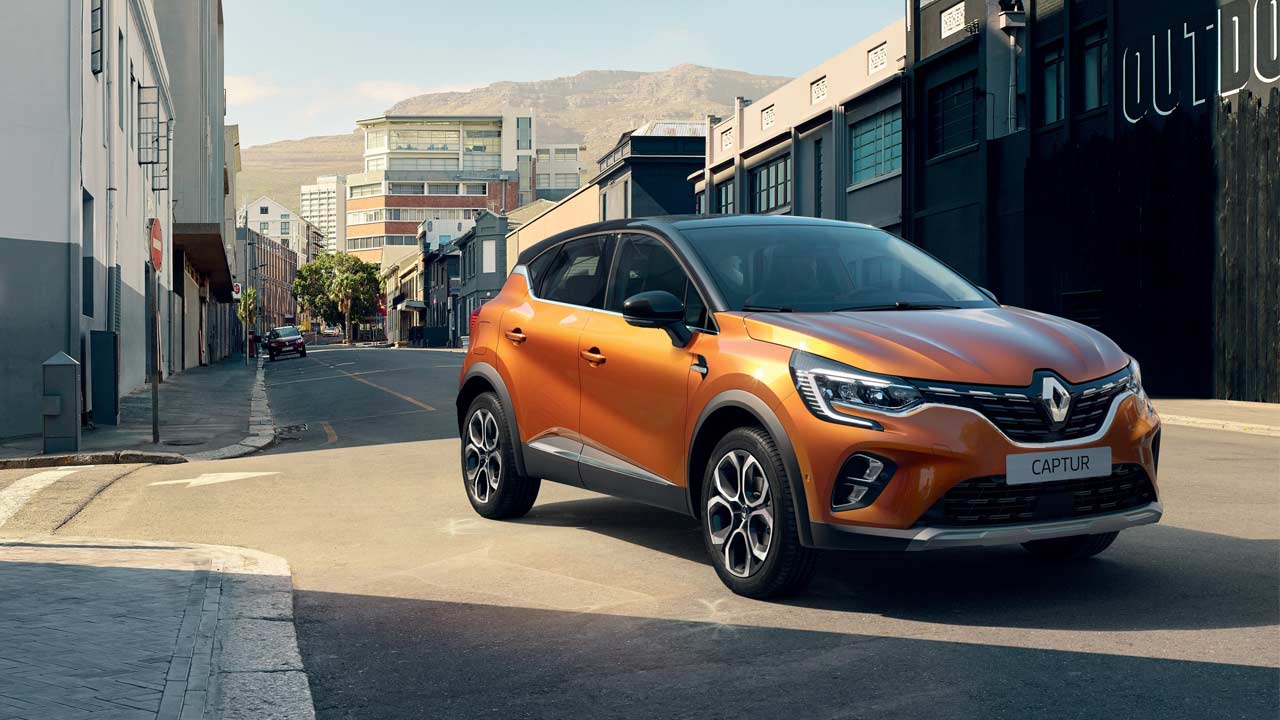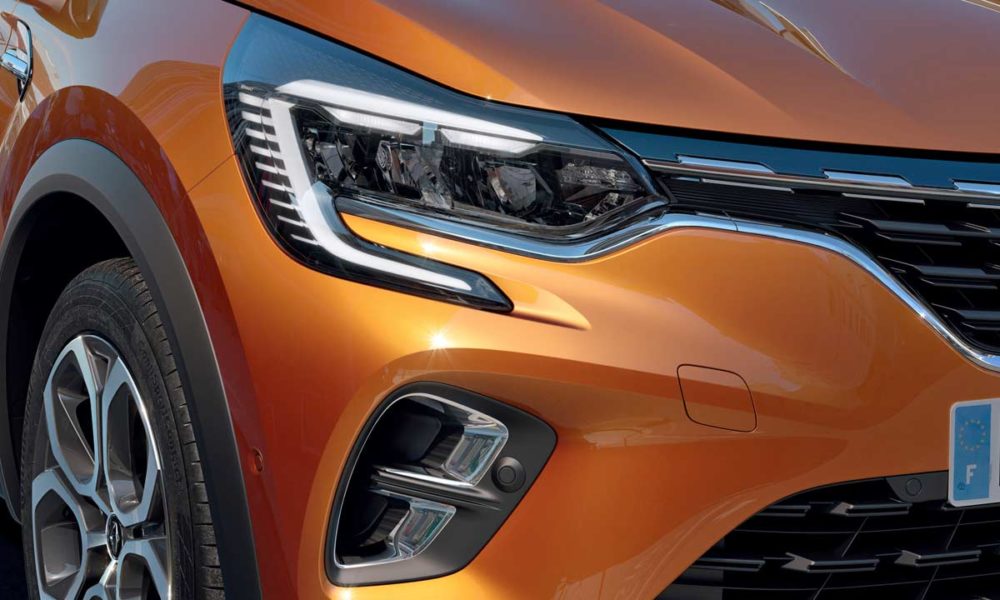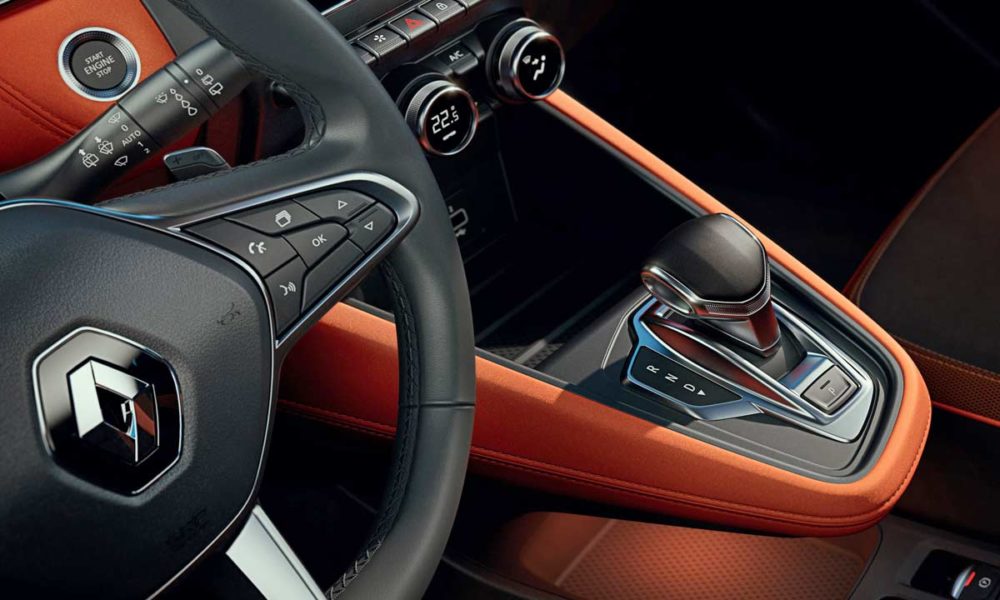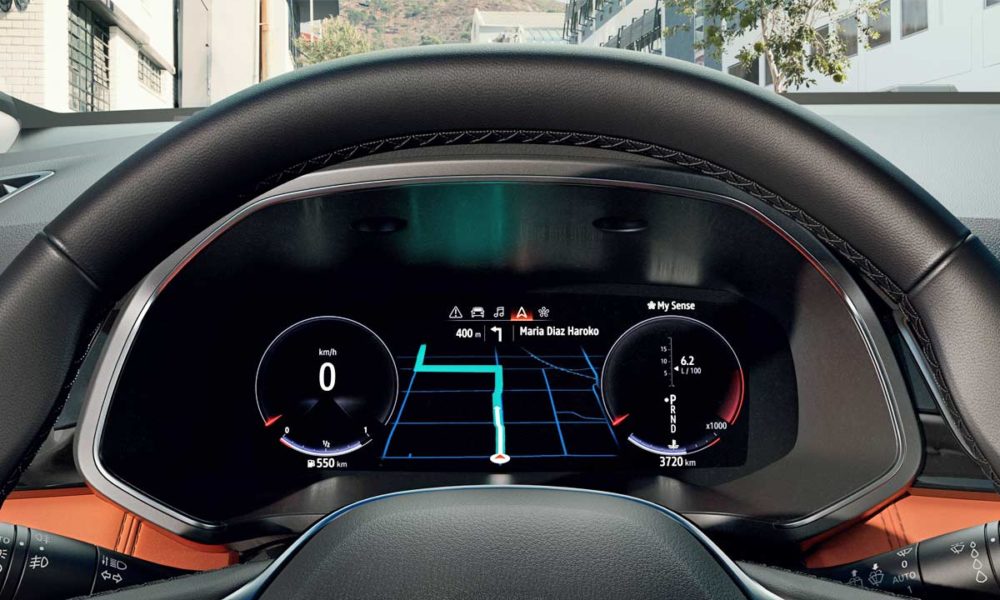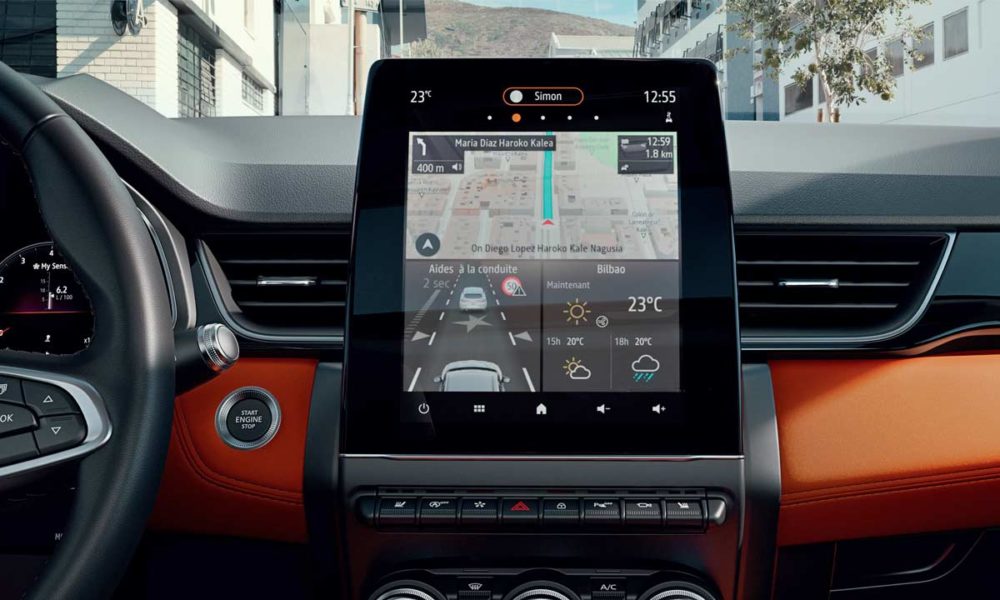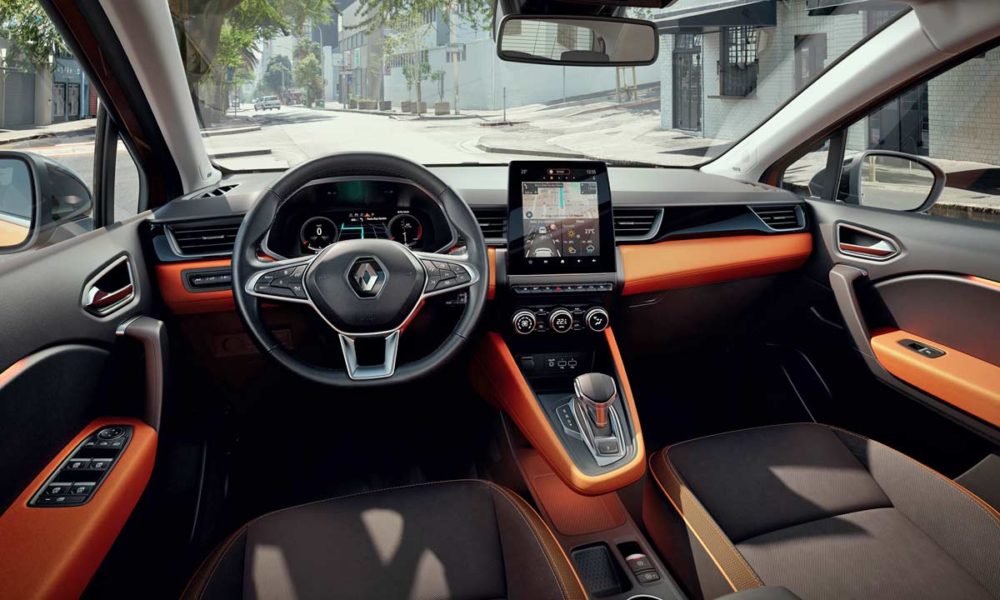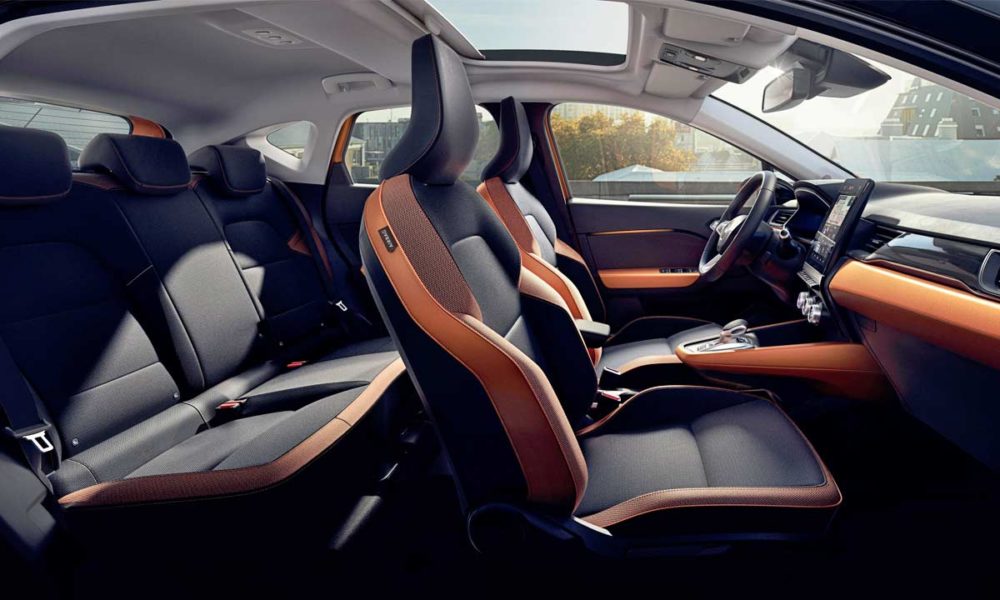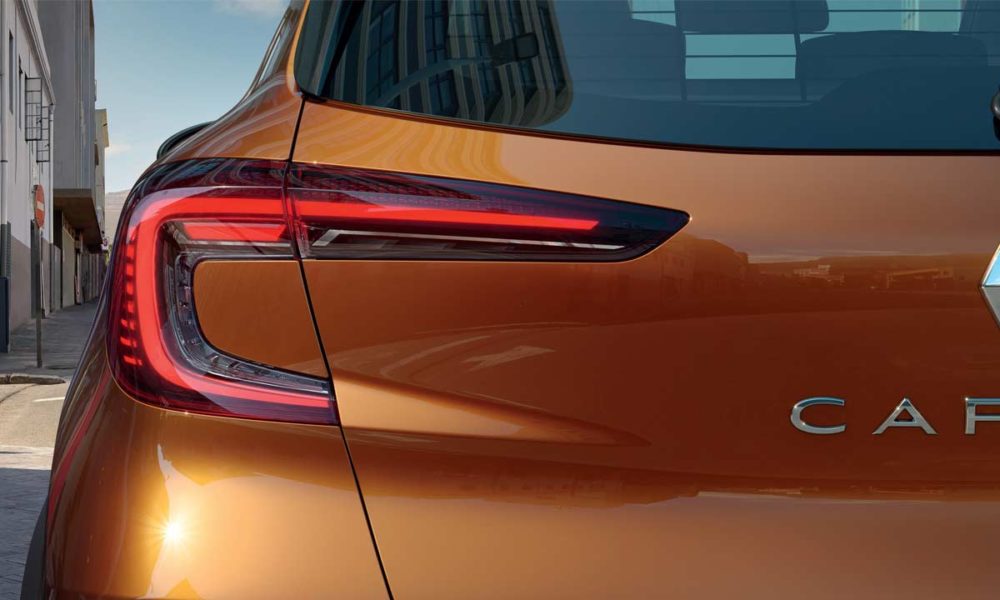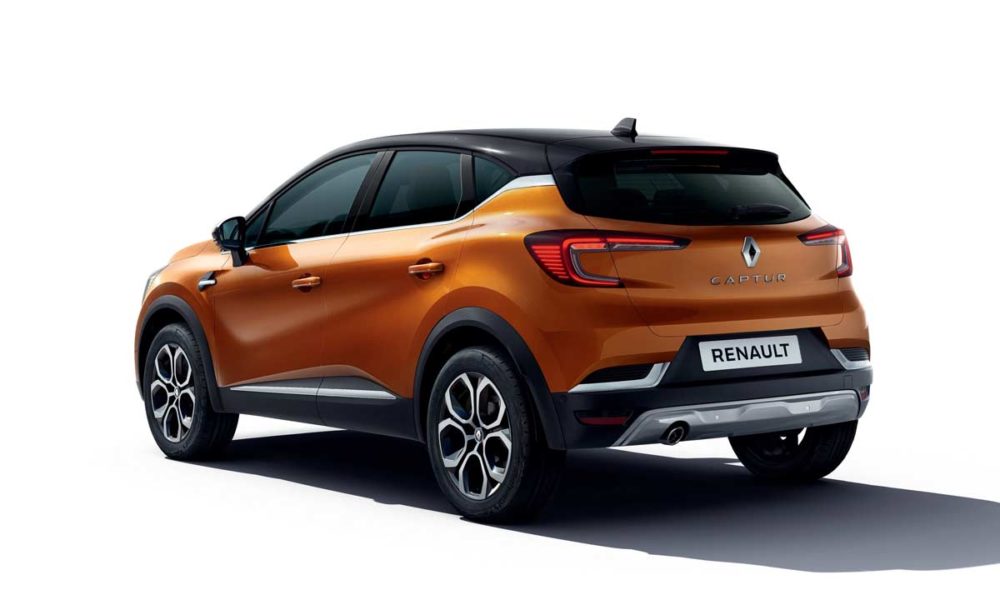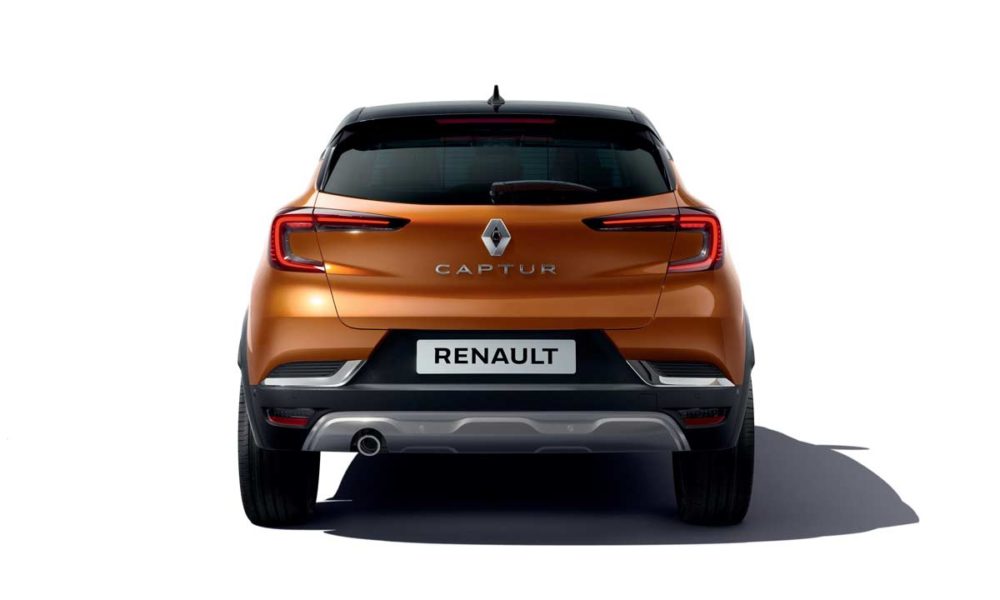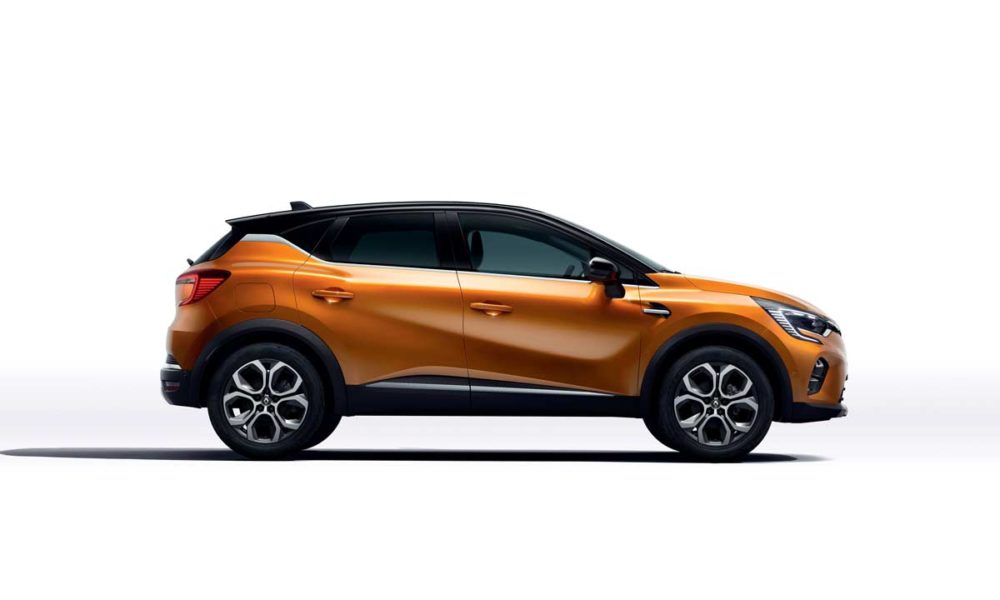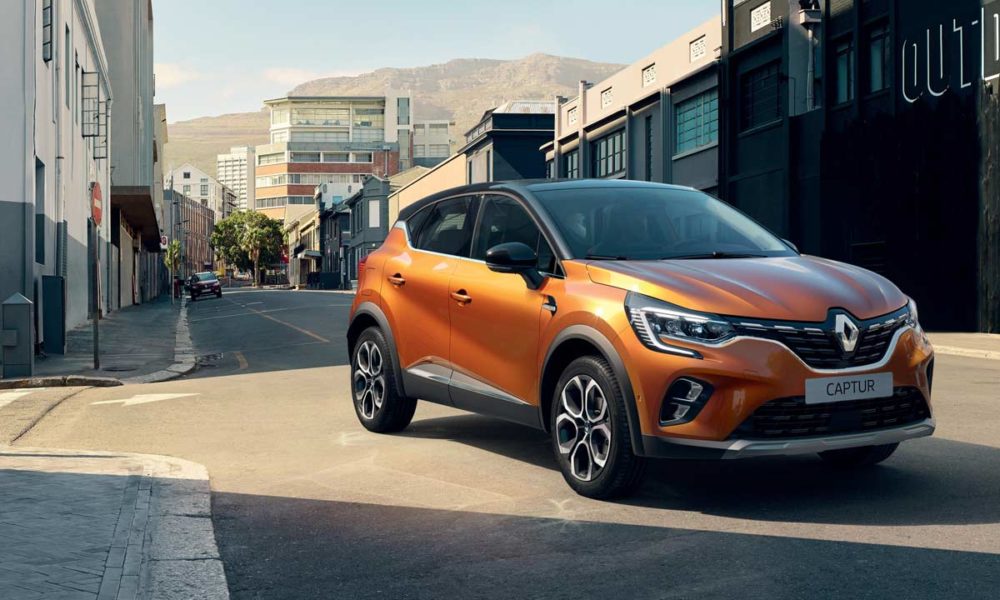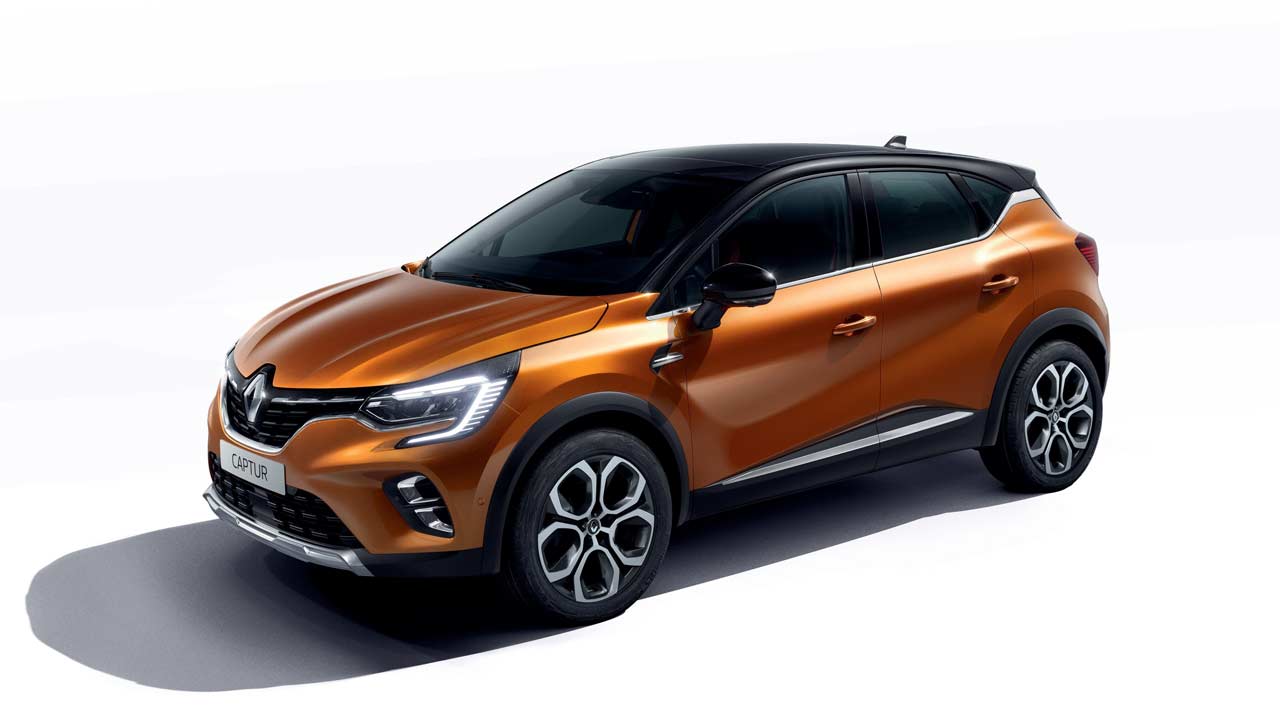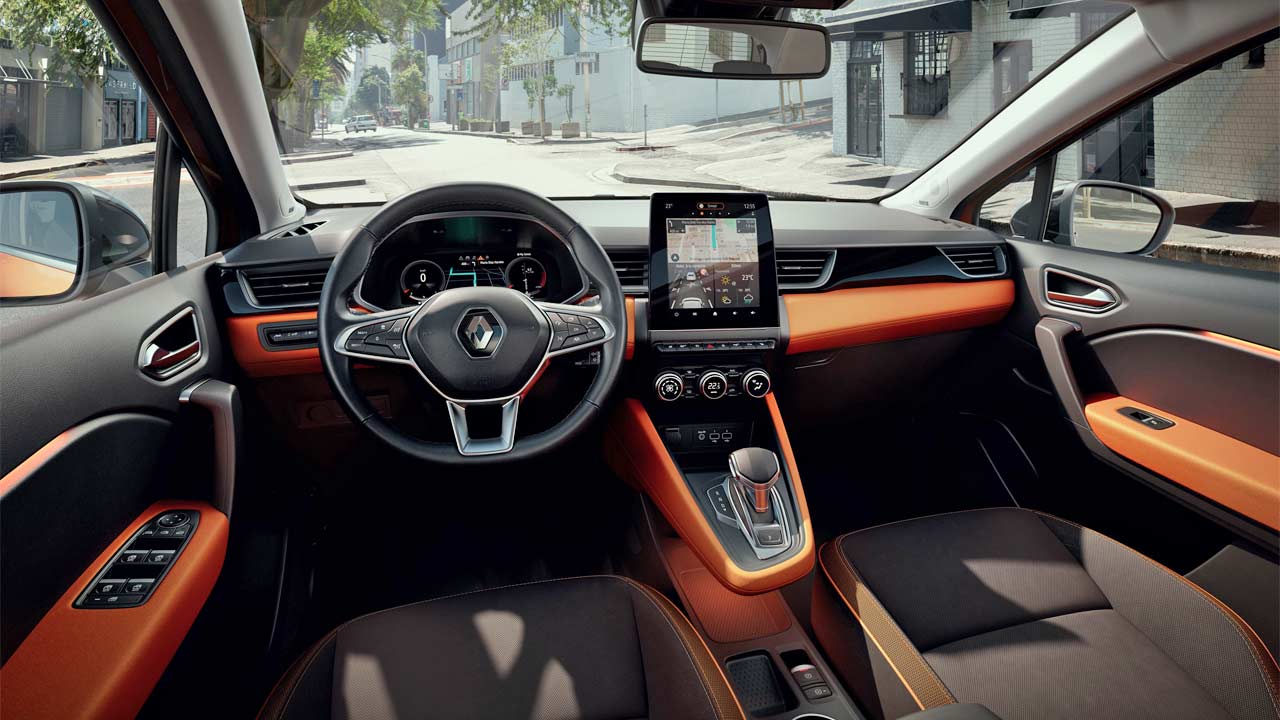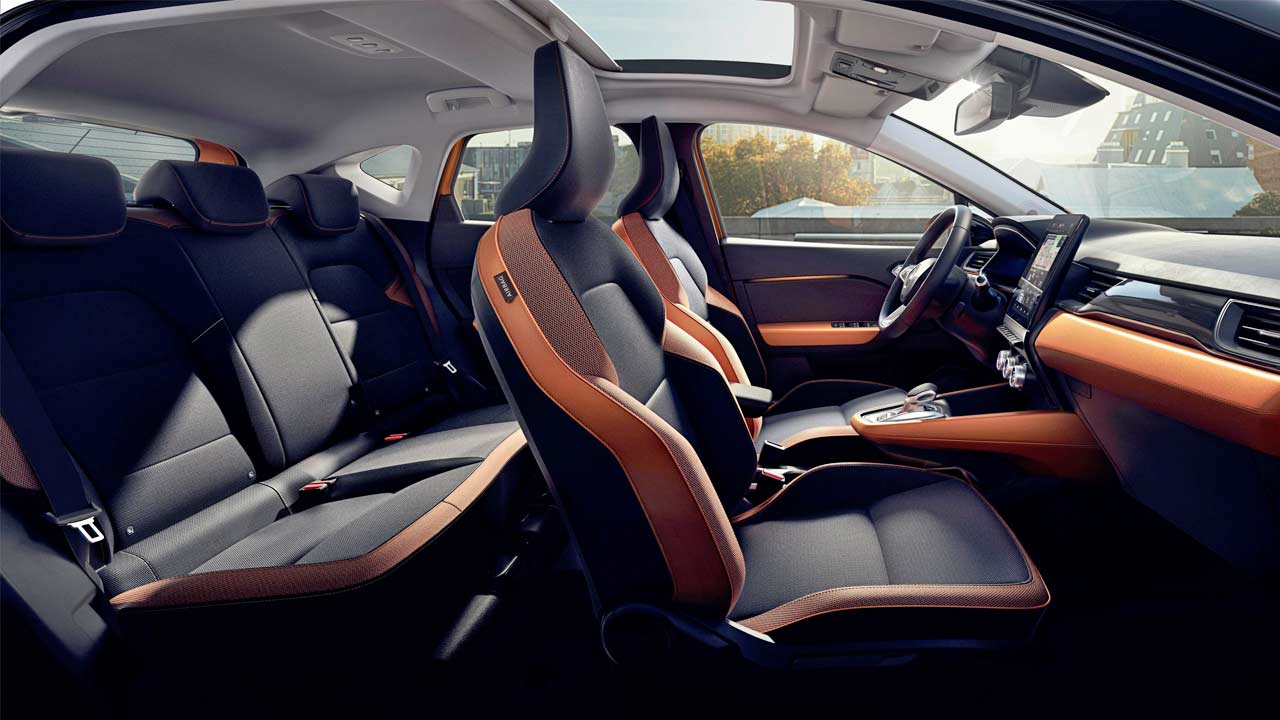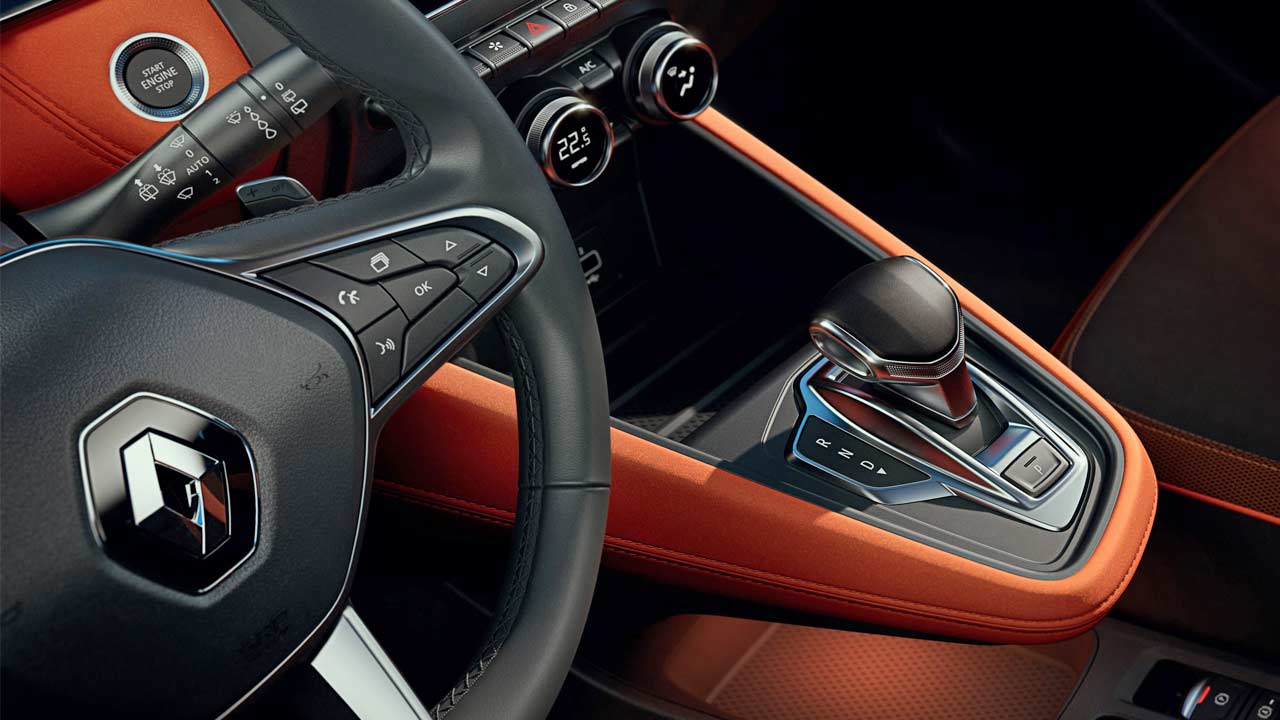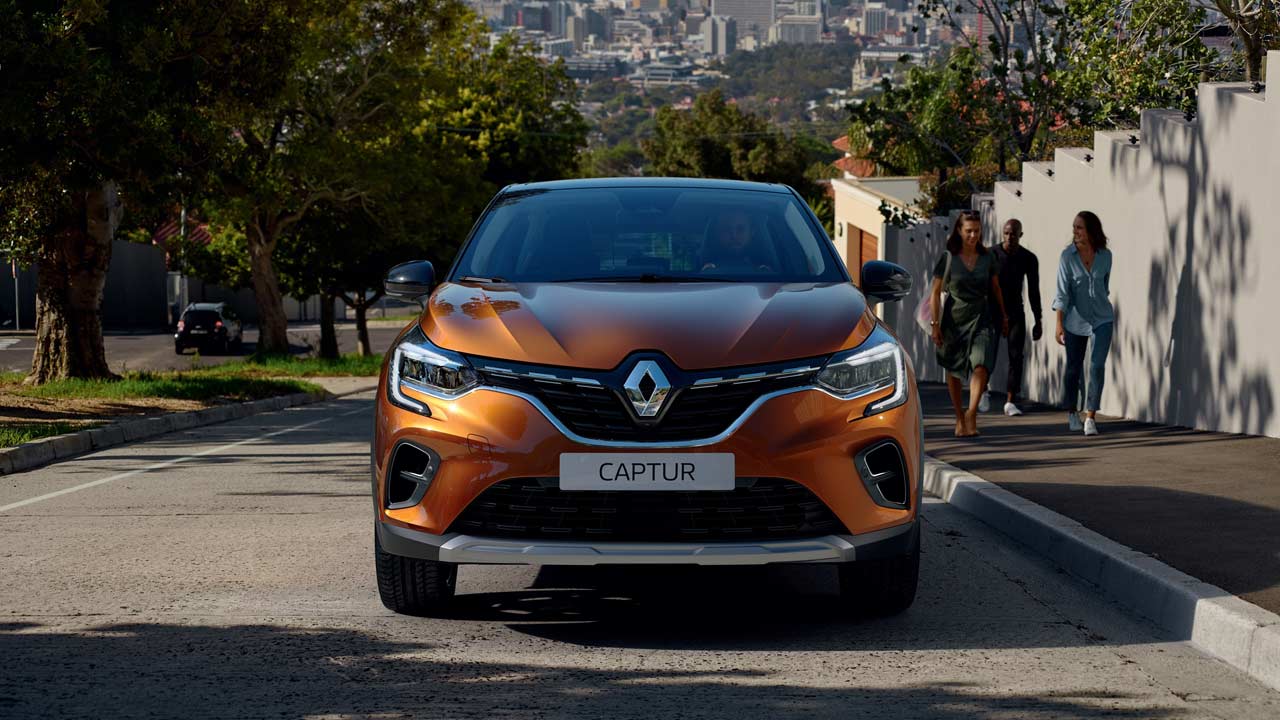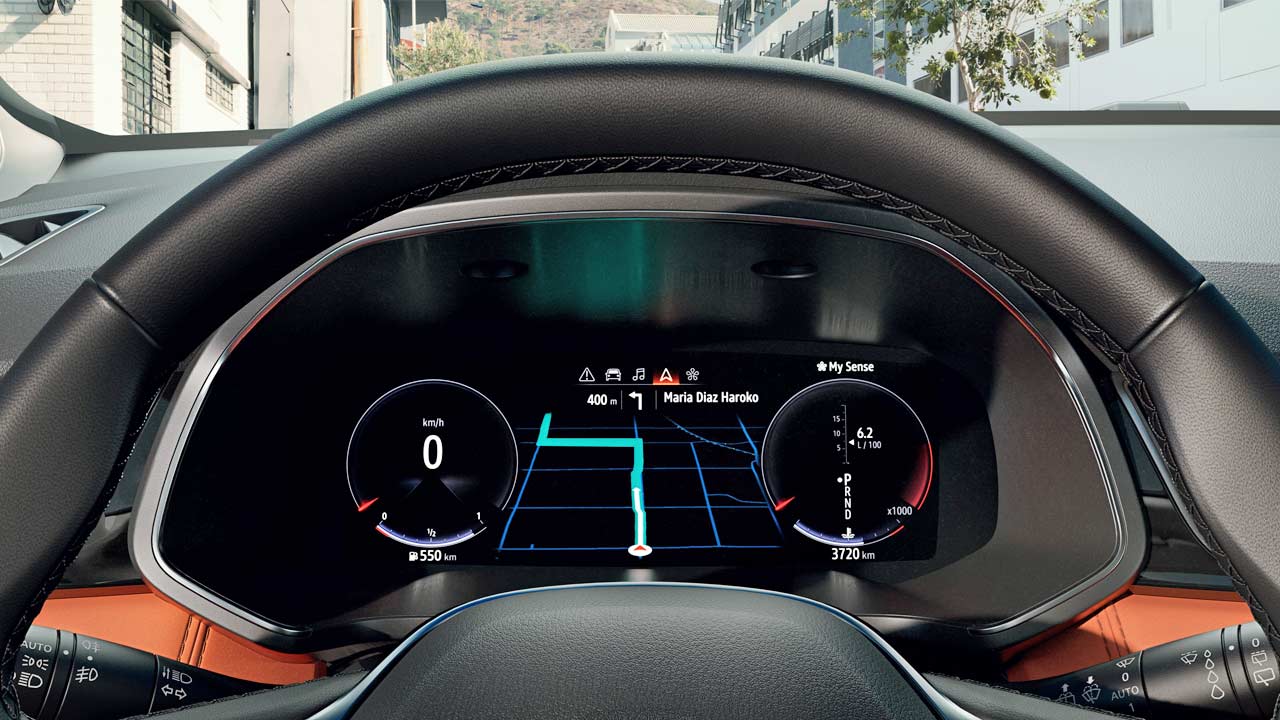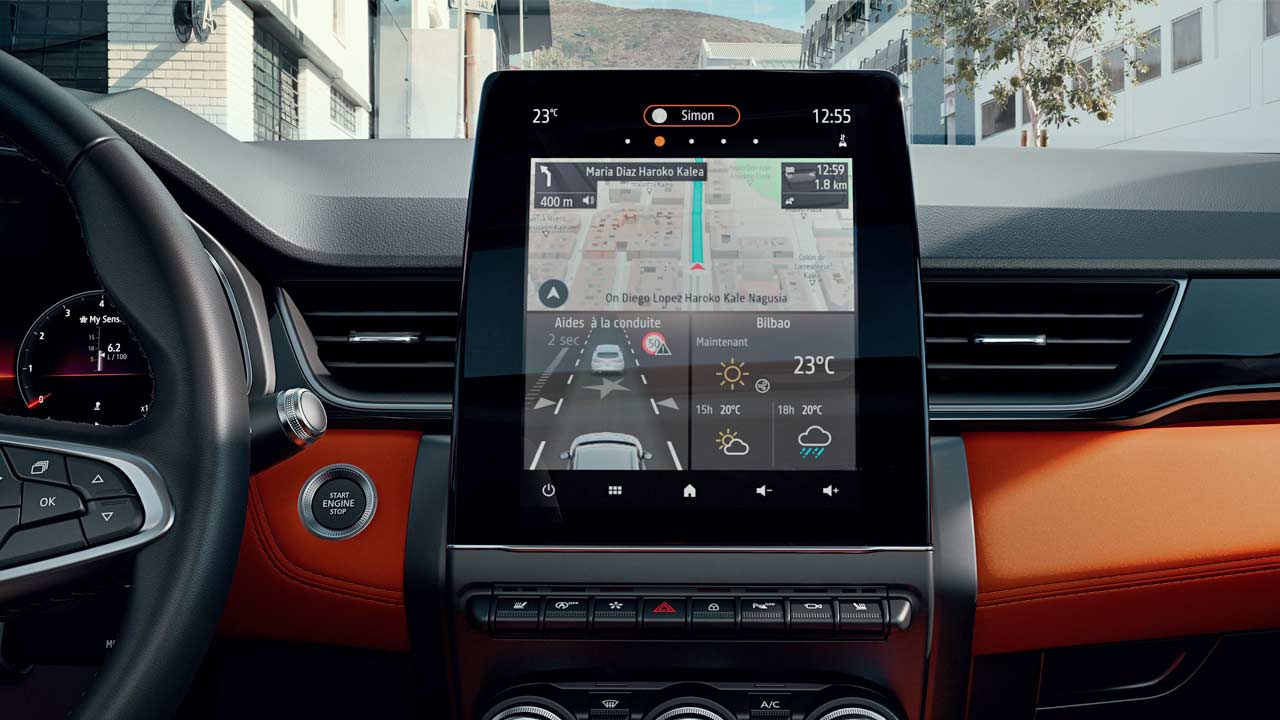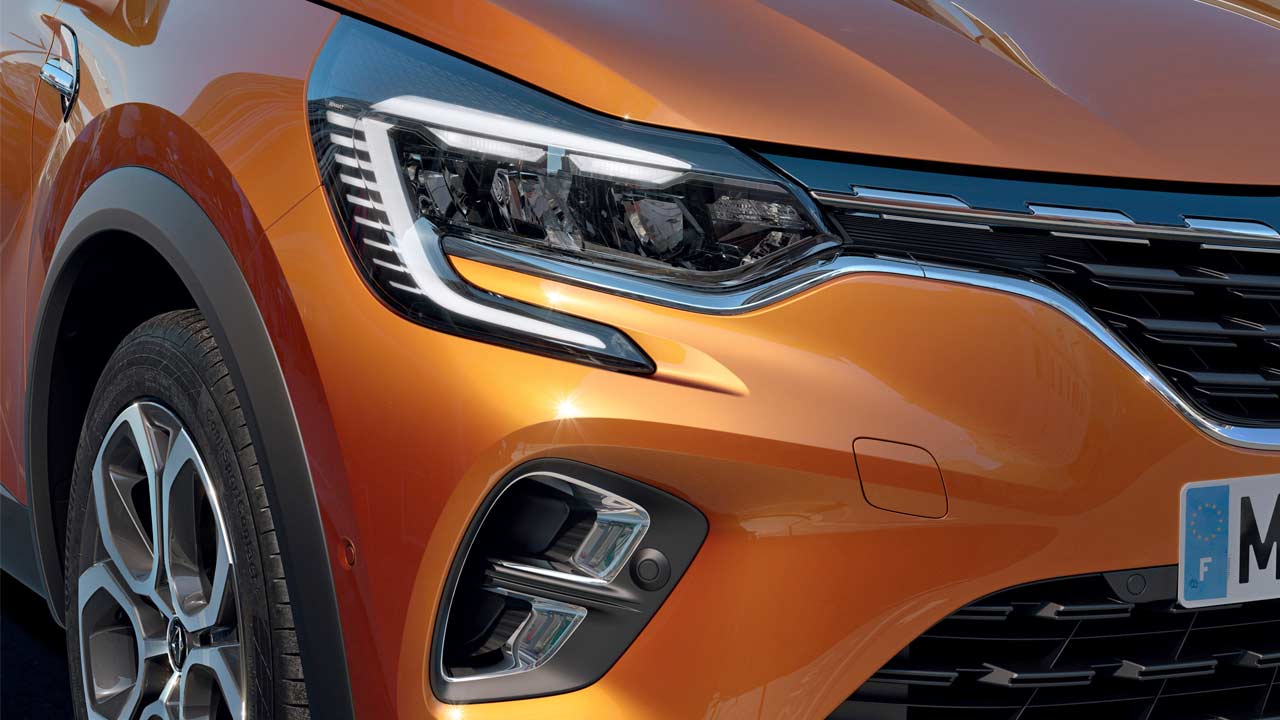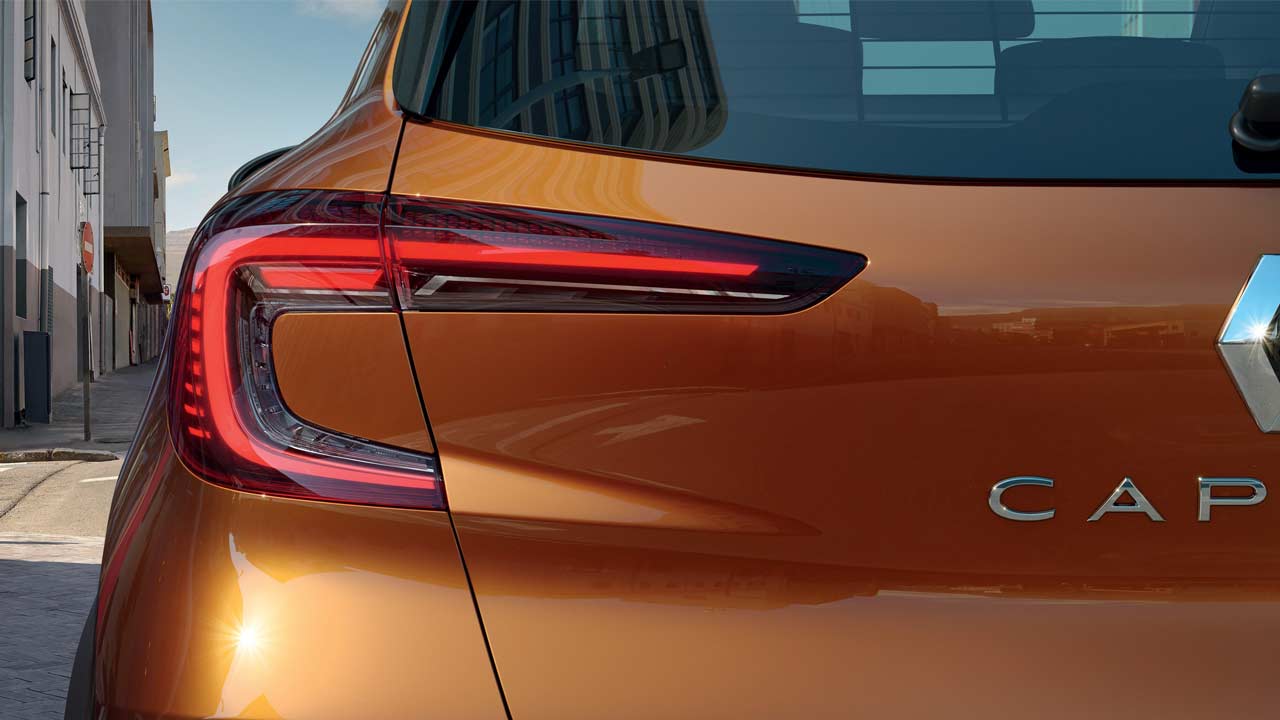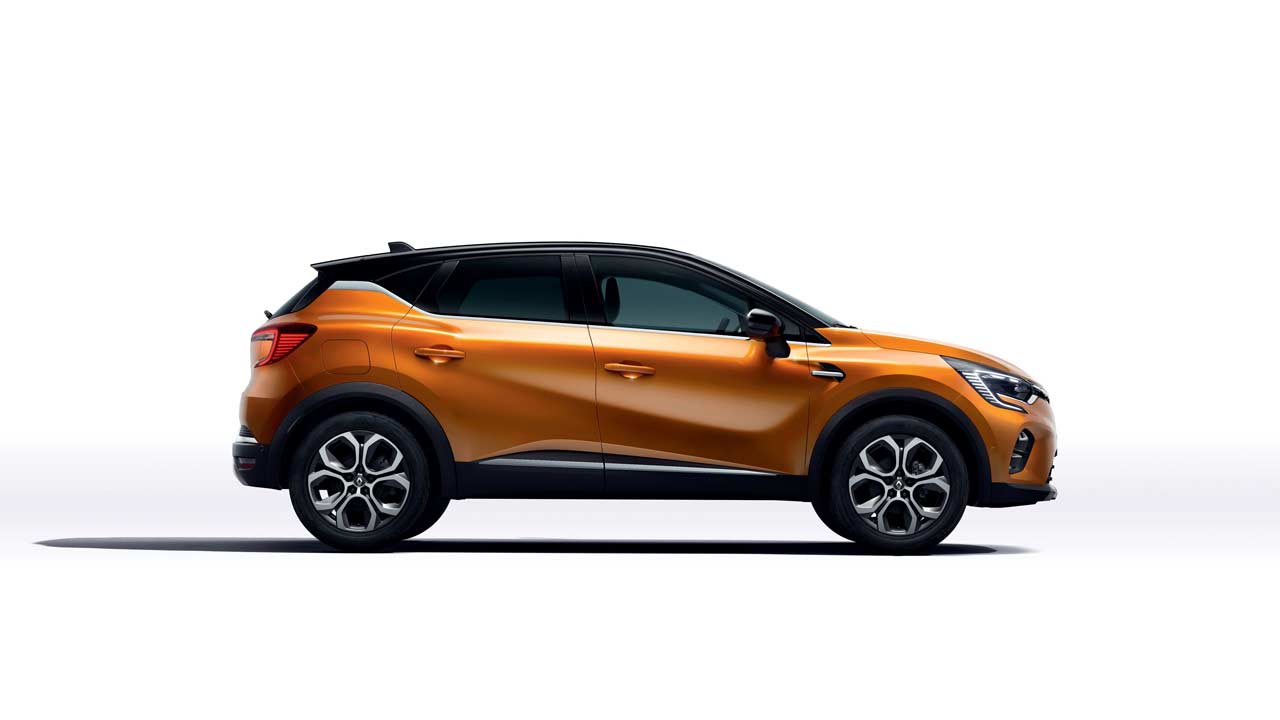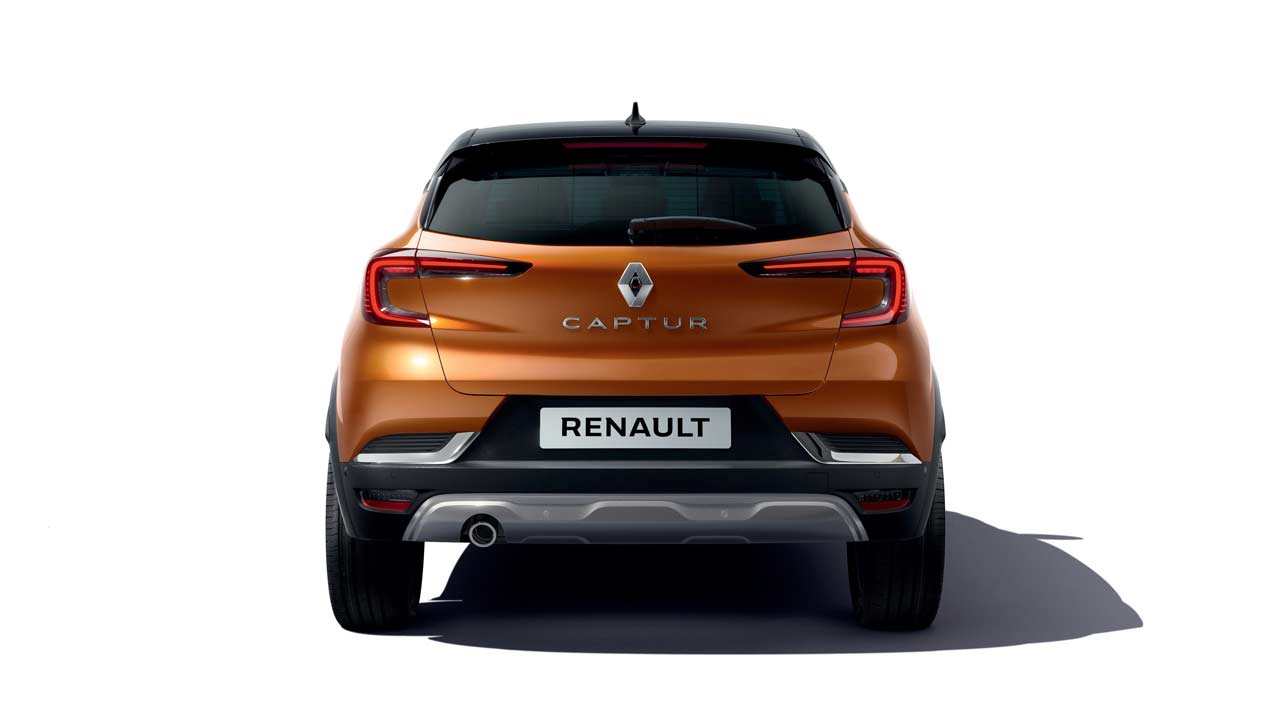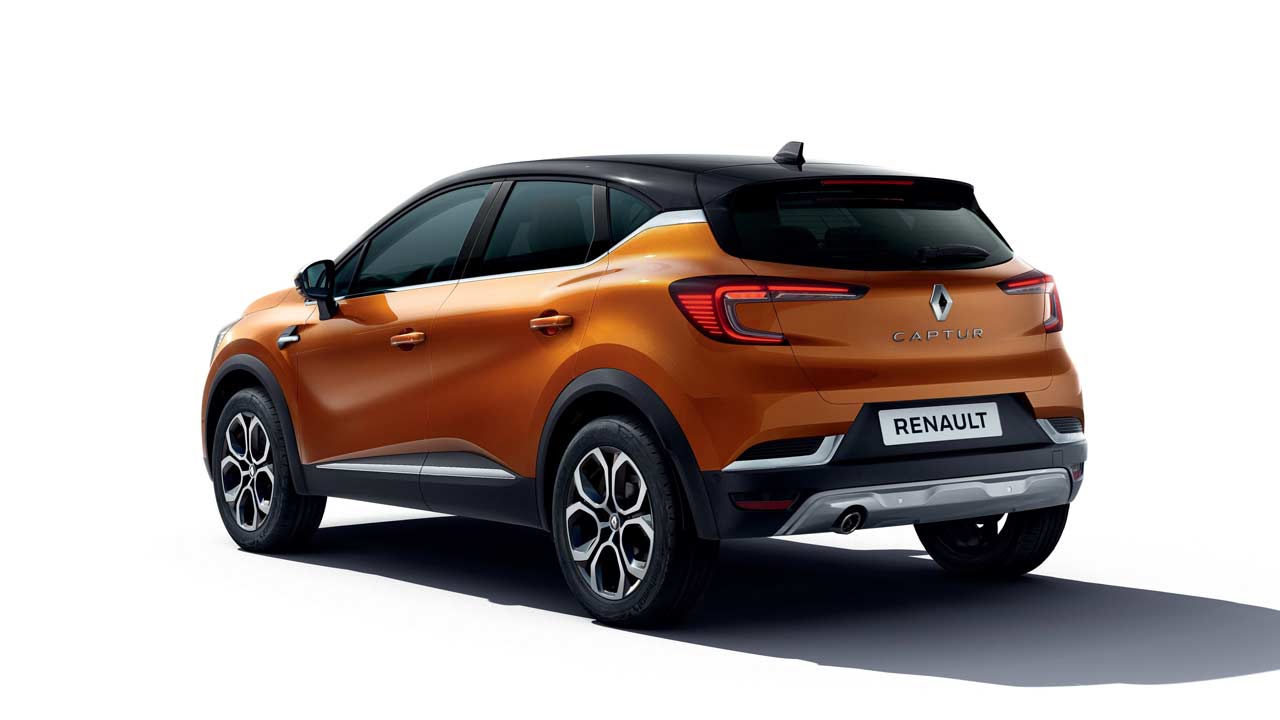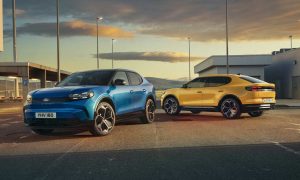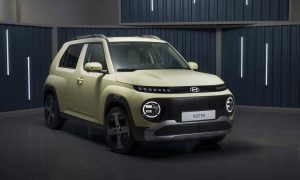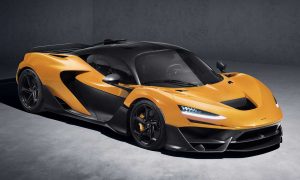The Captur is one of the important products for Renault, selling over 1.2 million units since its launch in 2013. Despite being unsuccessful in India, it apparently sold more than 230,000 units worldwide last year. The Urban SUV is popular in France and Europe, and the new generation model is here to see if it can capture more markets.
The new Captur is built on the CMF-B platform which also underpins the new Clio that we saw earlier this year. Renault says that 85% of parts are new compared with the previous generation Captur’s platform. The SUV has grown in size; it now measures 4,228 mm in length, 1,797 mm in width and 1,566 mm in height. Wheelbase measures 2,639 mm.
The new Captur adopts Renault’s new design language which includes a C-shaped light signature surrounding the full LED headlamps, redesigned front bumper with a skid plate, new taillamps also with a C-shaped signature, and a restyled rear bumper with a skid plate as well. Although the side profile looks familiar, the designers have given a new character with muscular shoulders and a subtle application of chrome. Depending on the trim, the wheel size measures up to 18-inches.
As with all the latest Renault models, the interiors of the Captur look miles ahead and contemporary compared to the outgoing model. Depending on the trim, features include a 9.3-inch touchscreen infotainment system, a 10.2-inch digital instrument cluster with GPS navigation display, new front seats that offer extra knee room for the rear passengers (+17 mm), ambient lighting, auto AC, and Bose audio system. The luggage capacity of 536 litres is claimed to be the best in class.
Safety and assistance systems include Highway and Traffic Jam Companion that combines Adaptive Cruise Control (with Stop & Go) and Lane Centering Assist; Active Emergency Braking, Blind Spot Warning, Lane Departure Warning and Lane Keeping Assist, Rear Cross Traffic Alert, 360-degree camera, and Easy Park Assist as well.
Powering the new Captur is a range of petrol engines – 1.0 TCe (3-cylinder) with 100 hp and 160 Nm, 1.3 TCe with 130 hp and 240 Nm, and also 1.3 TCe with 155 hp and 270 Nm tune. The 1.0 is paired with a 6-speed manual while the latter two depending on the tune get a 6-speed manual or a 7-speed dual-clutch automatic.
On the diesel side, there is a 1.5 Blue dCi that has been improved to meet the new emission standards with the inclusion of a selective catalytic reduction (SCR) system. It is available in two states of tune – 95 hp and 240 Nm, and 115 hp and 260 Nm. Transmission is a 6-speed manual or a 7-speed dual-clutch automatic.
Next year, there’s a plan to introduce a plug-in hybrid variant called the E-Tech Plug-in. The 1.6-litre petrol engine is coupled with two electric motors and a 9.8 kWh battery pack.

Leave a Reply
Note: Comments that are unrelated to the post above get automatically filtered into the trash bin.
